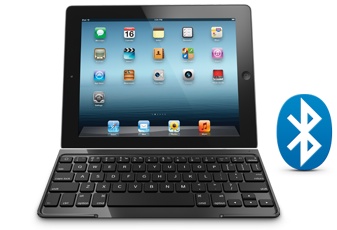“Freemium” has been much more than just one of the biggest buzzwords of 2011. Worldwide, of the top-ranked 250 iOS apps across all categories, an average of 88% are already free to download and monetized incrementally with advertising and in-app purchases.
The trend will continue in 2012, and it is entirely possible that at this time next year in certain categories all relevant iOS apps will be free, according to the ABI Research group (http://www.abiresearch.com). Apple enabled in-app purchasing for free apps in October 2009 and since then developers have been remarkably quick to evolve their business models, says Aapo Markkanen, senior analyst, consumer mobility, ABI Research.
“What many observers misunderstand about freemium is that it isn’t only about monetizing, but also about marketing,” he adds. “The threshold for consumers to download free apps is really low, so more people end up using and recommending them, which then also gives those apps a bump in distributors’ ranking systems. This means that paid apps fail to draw attention in the first place.”
However, the situation can differ substantially between different countries. In Germany, 17% of the top iOS apps are still paid, while in India and South Africa their share is already as low as 5%. In the leading app market, the United States, 10% of the top apps are free. Furthermore, revenue models vary notably between different app categories. In both navigation and weather, one-fourth of the top apps are paid, whereas in segments like lifestyle (3%), entertainment (5%), and games (6%), their share is starting to be miniscule.
According to practice director, mobile services, Dan Shey, “Apple has always had an edge against other app platforms in convincing users to pay, and if anything, the shift toward freemium is amplifying the dynamic. In-app purchases are often impulse purchases, so the payment experience has to be very smooth and simple. For Google, finally sorting out Android Market’s billing process will be one of the key issues of 2012.”





